Outforia Quicktake: Key Takeaways
- A biome is an area with a shared climate that can support a specific group of flora and fauna, though its definition varies among researchers.
- The World Wide Fund for Nature (WWF) classifies 26 types of biomes, including terrestrial, freshwater, and marine biomes.
- Terrestrial biomes include deserts, tropical rainforests, and tundras, among others.
- Freshwater biomes encompass large rivers, small rivers, and various types of lakes.
- Marine biomes are categorized into polar, temperate shelf and seas, temperate and tropical upwelling, and tropical coral.
Earth is a truly remarkable place. It’s home to everything from vast arid deserts and dense tropical rainforests to coral reefs and high alpine meadows.
But have you ever stopped to wonder how many different biomes there are on our planet?
In this article, we’ll discuss the 26 incredible types of biomes that you can find across the globe. We’ll explain what makes a biome a biome, and we’ll clue you into the various plants and animals that call each of these different ecosystems home.
What is a Biome?
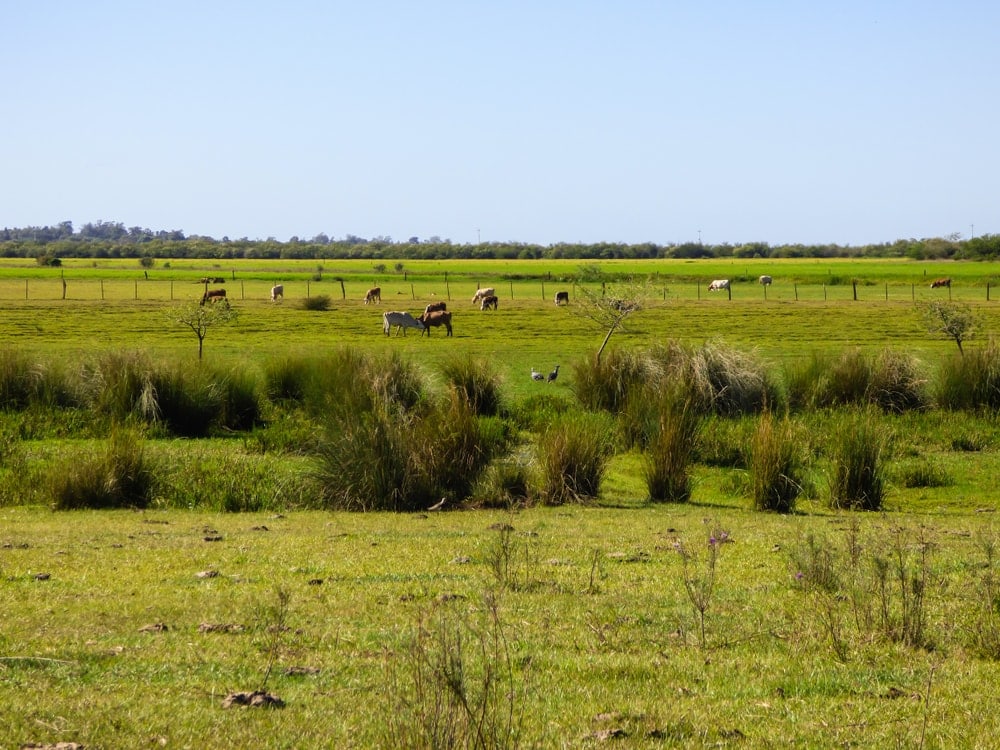
The word ‘biome’ might seem simple enough, but there’s actually quite a bit of disagreement among researchers about what the word actually means.
Different organizations have their own definitions for what a biome is, however, they all effectively state that a biome is an area with a shared climate that can support a specific group of flora and fauna.
This definition seems simple enough. But the problem is that it’s hard to distinguish the word ‘biome’ from words and phrases like ‘ecoregion’ and ‘ecological zone.’
Depending on who you ask, a biome might be defined as a collection of ecoregions or ecological zones. These ecoregions also contain ecosystems and these ecosystems contain different types of habitats. But, again, this is still a matter of some debate in various scientific circles and some researchers don’t make a distinction between ‘biome’ and ‘ecoregion.’
To keep things simple, in this article, we’re going to focus on how the World Wide Fund for Nature (WWF) classifies biomes. The organization first started classifying biomes with its Global 200 project. It lists 26 types of biomes (these are called ecoregions in some WWF publications) that we’ll discuss here.
26 Spectacular Types of Biomes of the World
On a planet with tens of millions of plant and animal species, classifying different parts of the Earth by their flora, fauna, and climate isn’t easy. Thankfully, some dedicated scientists have done the hard work for us and we now have this list of the 26 types of biomes.
Up next, we’ll take a closer look at the 26 biome types as defined by the WWF. That way you can become an expert in all things global ecology.

Share This Image On Your Site
<a href="https://outforia.com/types-of-biomes/"><img style="width:100%;" src="https://outforia.com/wp-content/uploads/2021/10/Types-of-biomes-infographic-outforia.png"></a><br> Types of Biomes Infographic by <a href="https://outforia.com">Outforia</a>1. Terrestrial Biomes
Our first major grouping of biomes is the terrestrial biomes. These biomes all encompass plant and animal communities that exist on land. So, without further ado, here are the 14 terrestrial biomes on our planet.
1.1 Deserts and Xeric Shrublands
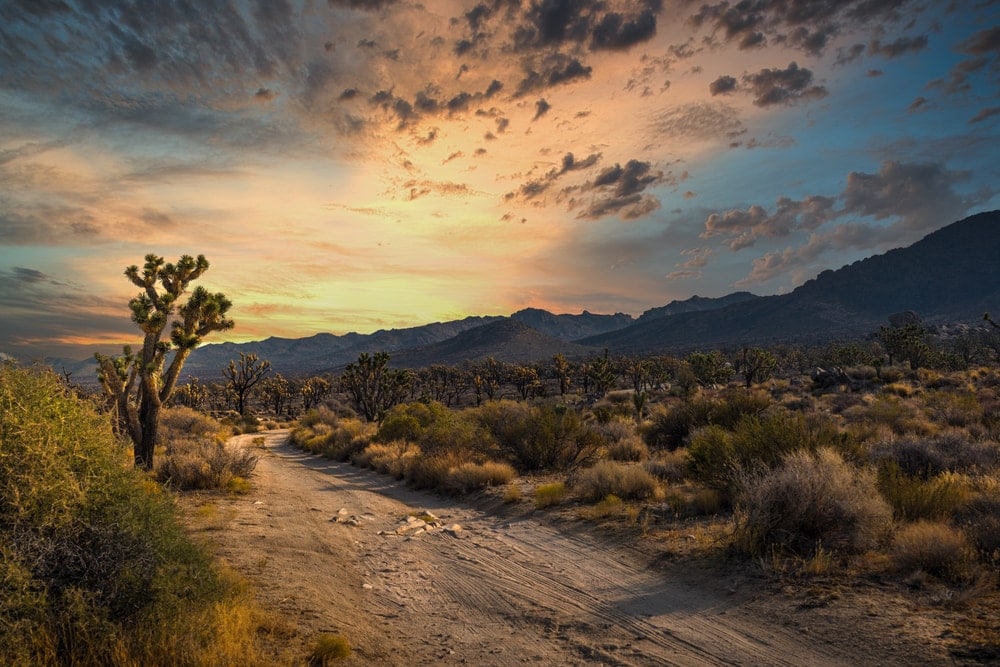
First up on our list is the deserts and xeric shrublands biome. This biome exists in large swaths across the globe and it includes everything from the Australian Outback to the Sahara Desert.
Here, precipitation amounts are usually less than 10 inches (25 cm) each year. However, these deserts can either be hot deserts, such as the Mojave, or cold deserts, such as the Gobi.
Most of the vegetation in this biome is well-adapted to life in an arid environment. Common plant species include various succulents. Many of the biome’s most iconic animal species, such as the various types of camels, are also able to survive for days or weeks without water.
1.2 Tropical and Subtropical Moist Broadleaf Forests
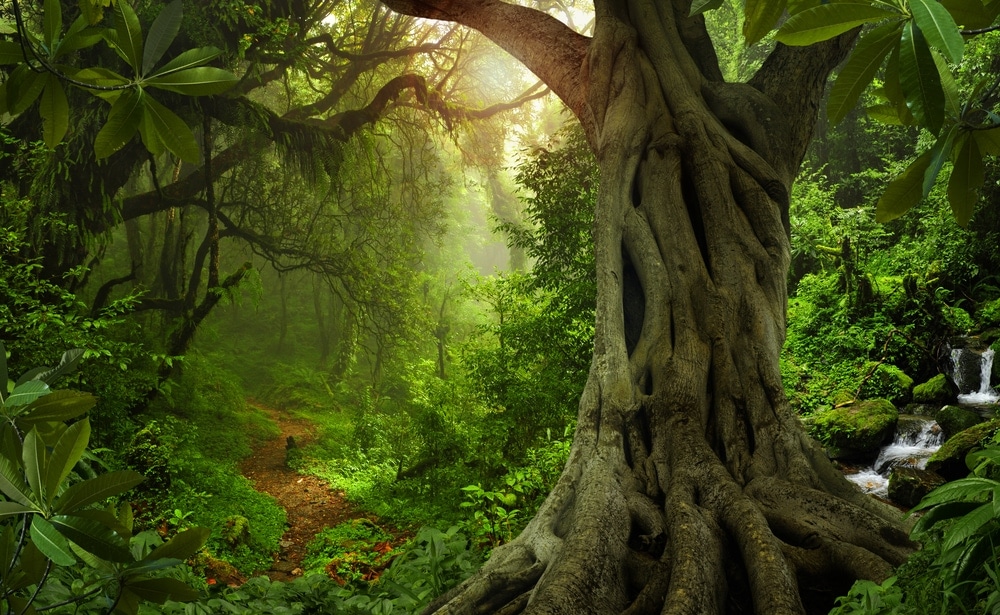
The tropical and subtropical moist broadleaf forests biome includes much of what we might normally call a tropical rainforest. You can find this biome across the tropical latitudes and it includes places like the Amazon Rainforest and the jungles of southeastern Asia.
A defining feature of these forests is their high annual rainfall levels. Most of these forests receive more than 79 in (200 cm) of precipitation each year, and sometimes a whole lot more.
These forests are some of the most biodiverse places on Earth as their high moisture levels and hot temperatures allow for a plethora of flora and fauna to thrive. Tropical forests usually have dense foliage and they can support an array of amazing animals, such as various types of big cats.
1.3 Tropical and Subtropical Dry Broadleaf Forests
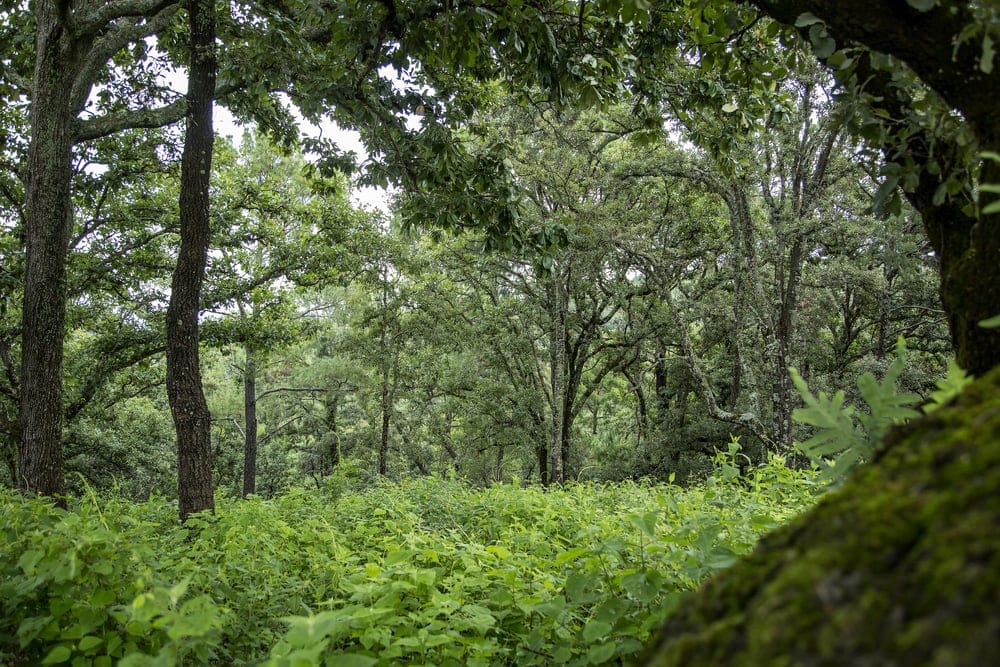
Tropical and subtropical dry broadleaf forests are often found in areas adjacent to tropical rainforests. These regions, which include much of southern Mexico and the Indian subcontinent, have warm year-round temperatures.
The difference between tropical and subtropical dry broadleaf forests and tropical rainforests is that the dry forests have a prolonged annual dry season. As a result, they tend to be slightly less biodiverse than tropical forests.
Nevertheless, this biome is home to a beautiful collection of flora and fauna. You can often find various types of monkeys as well as an incredible assortment of birds in these dry forests.
1.4 Tropical and Subtropical Coniferous Forests
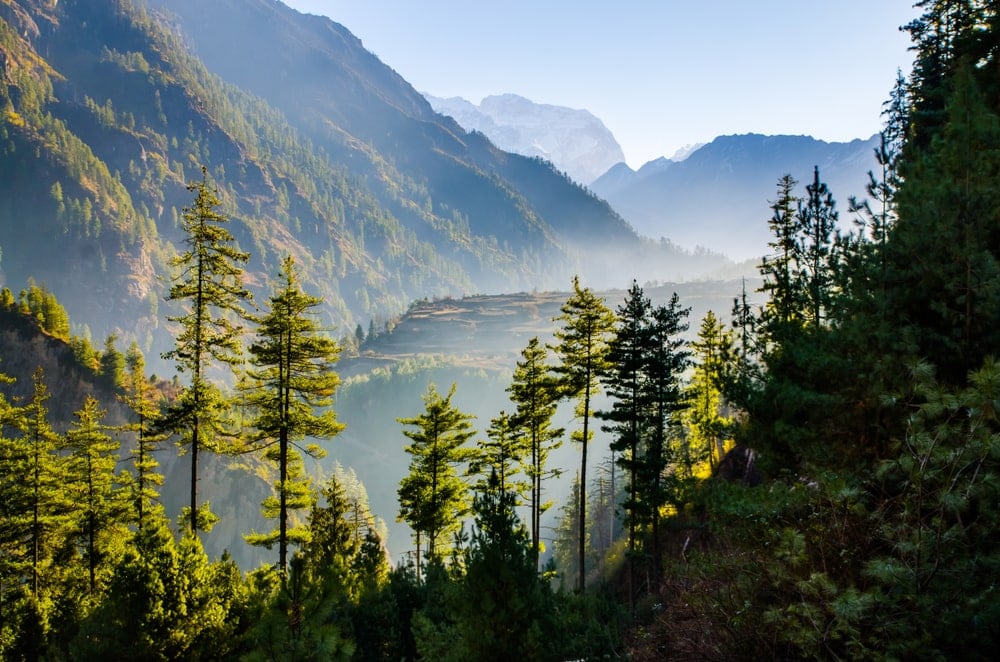
The tropical and subtropical coniferous forests biome is found primarily in North America, Central America, and in high-elevation areas of south-central Asia. Most of these forests are found in Mexico, particularly in the country’s Sierra Madre del Sur and Sierra Nevada mountain ranges.
Unlike the other tropical and subtropical forest biomes, this biome is dominated by coniferous trees. They usually get relatively low levels of precipitation and they often experience colder temperatures than other nearby biomes.
Vegetation in this biome is dominated by a thick canopy of coniferous trees, which prevents sunlight from reaching the forest floor. As such, this biome often features a large number of fungi and fern species.
1.5 Temperate Broadleaf and Mixed Forests
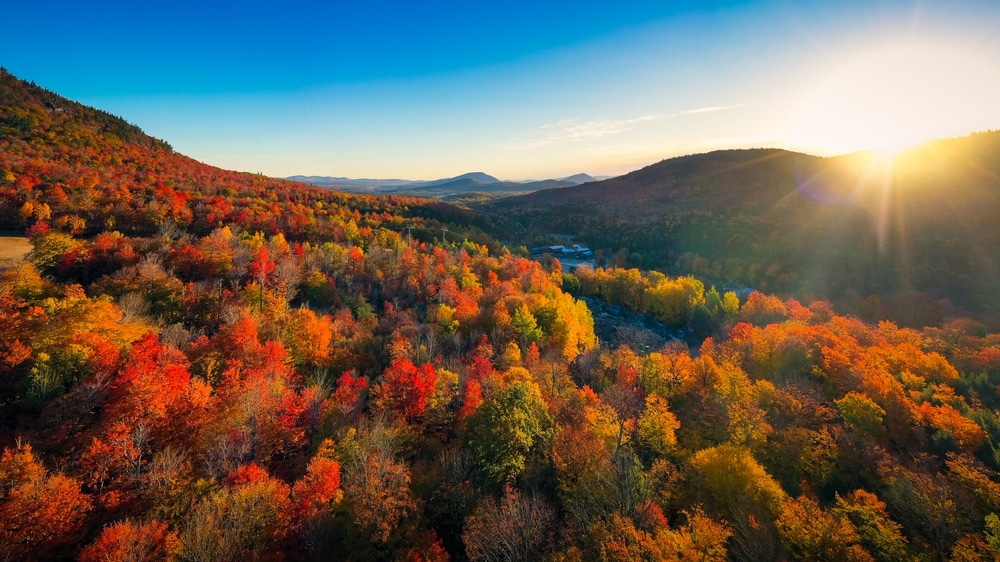
The temperate broadleaf and mixed forests biome is one of the most widespread biomes on the planet. It’s found throughout the bulk of eastern North America, western Europe, eastern Asia, southern South America, and eastern Australia.
A key characteristic of these forests is that they experience a substantial variation in temperature and precipitation throughout the year. Many of these forests have four distinct seasons.
Tree species in these forests can vary, but they normally include various oaks, birches, beeches, and even maples. Wildlife varies wildly throughout the temperate broadleaf and mixed forests, too, but different types of squirrels, deer, chamois, and bear can are common.
1.6 Temperate Coniferous Forests
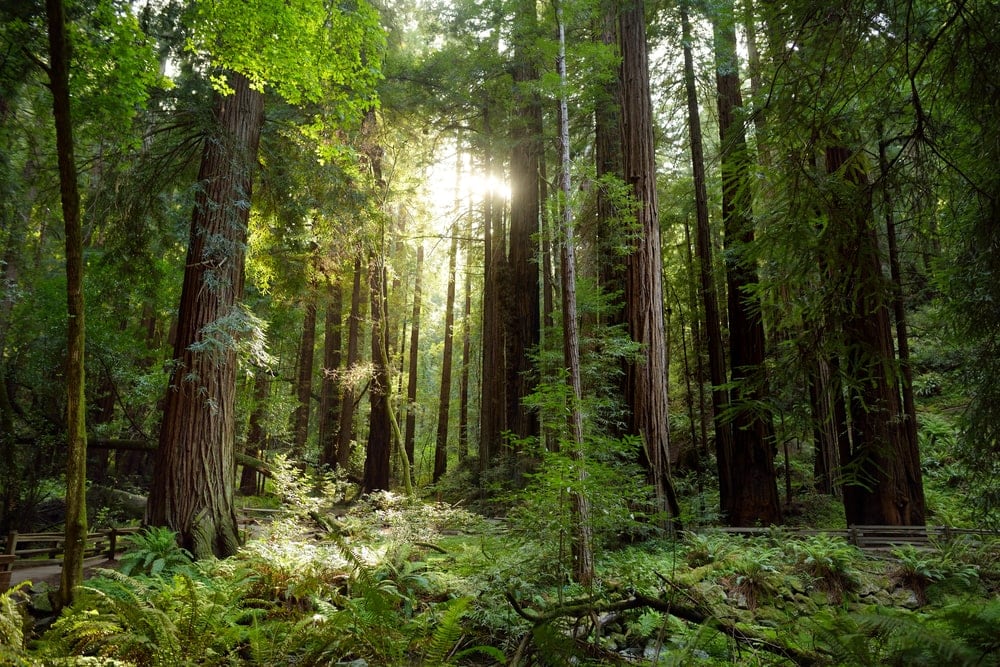
Temperate coniferous forests are very similar to tropical and subtropical coniferous forests in terms of their forest cover. However, they exist at higher latitudes in places such as the western US and Canada, Central Asia, and coastal Norway.
Most of these forests experience warm summers, though their winters can vary from mild in coastal locations to cold in inland areas. Depending on the region, these forests can receive large amounts of winter snowfall, too.
The major tree species in these coniferous forests include everything from cedar, spruce, pine, and fir, to towering redwoods and giant sequoias. Animal species can include elk, moose, deer, bears, and bobcats.
1.7 Boreal Forests and Taiga
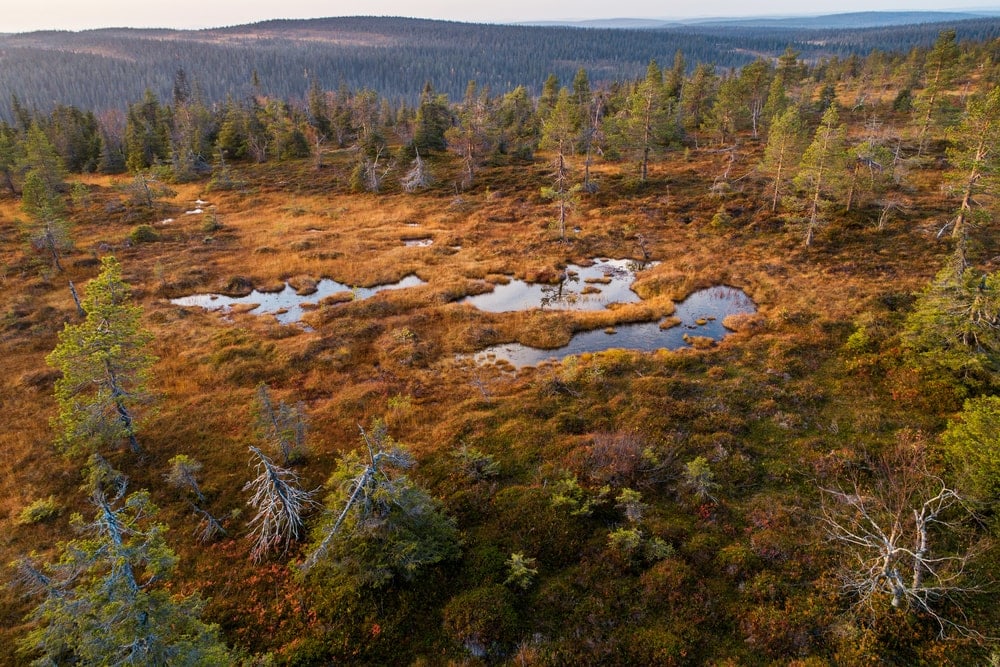
Boreal forests and taiga is a biome that’s unique to the northern latitudes. This biome is found throughout the subpolar regions in North America, Europe, and Asia, particularly in northern Canada and Siberia.
In this biome, nutrient-poor soils, cold temperatures, and high levels of snowfall limit species richness. Boreal forests and taiga can support stands of coniferous trees and some deciduous trees, like birches, poplars, aspens, and cottonwoods.
Additionally, boreal forest and taiga are home to a number of iconic animal species, such as reindeer, arctic foxes, snowshoe hares, brown bears, lynx, and moose. Occasionally, polar bears will wander into the taiga, but they are mostly found in the tundra.
1.8 Tropical and Subtropical Grasslands, Savannas, and Shrublands
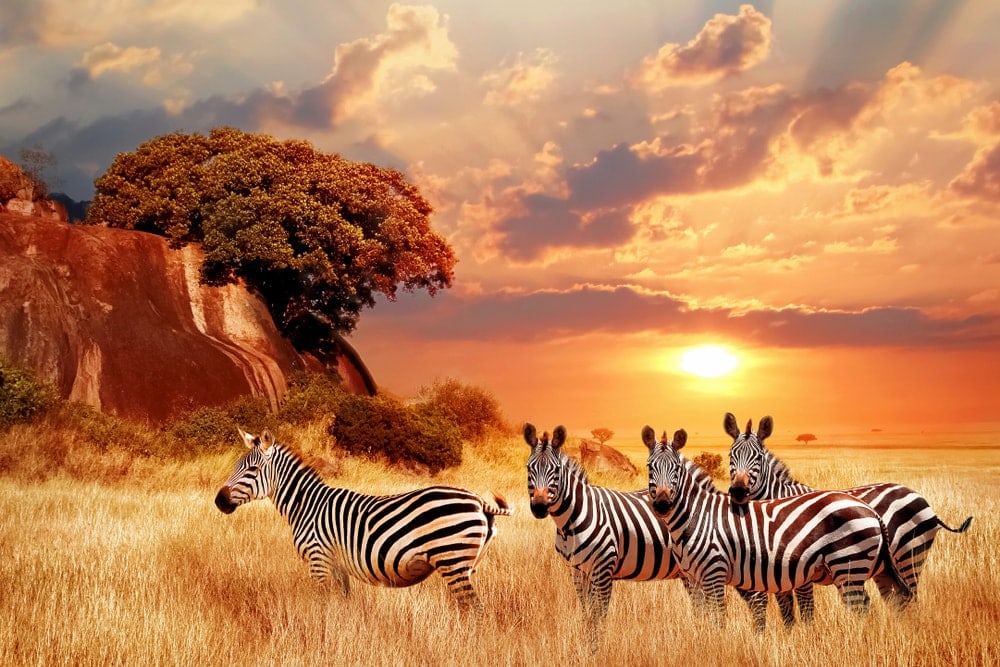
The tropical and subtropical grasslands, savannas, and shrublands is one of the largest biomes by total land area. It is found throughout much of sub-Saharan Africa, northern Australia, and subtropical South America. This biome is also found in parts of Hawaii.
Most of this biome is dominated by areas with a semi-arid climate where forest cover is limited. This includes areas like the Serengeti in eastern Africa and the tropical savannas of the Kimberly in Australia.
Despite the often arid nature of much of this biome, it is quite biodiverse. Major tree species include the baobab and the acacia. Meanwhile, major animal species include everything from zebras and wildebeest in sub-Saharan Africa to the Pampas deer and capybara in South America.
1.9 Temperate Grasslands, Savannas, and Shrublands
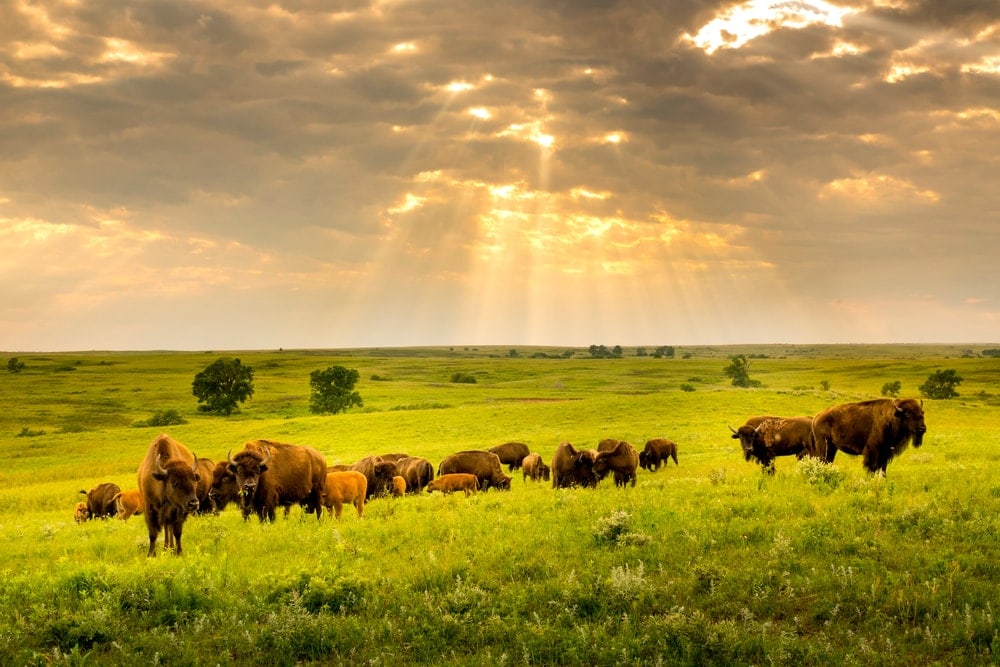
The temperate grasslands, savannas, and shrublands are found throughout North and South America, Asia, eastern Europe, and southeastern Australia. They are more commonly known as the prairies in North America, the steppe in Asia, and the pampas in South America.
Most of these grassland, savannas, and shrublands are dry areas that experience wide temperature fluctuations. The land is mostly tree-free. Rather, this biome is dominated by grasses and other drought-tolerant shrubs.
Animal species vary by specific location. But you can find buffalo in the North American prairie, antelopes and kiangs in the steppes of central Asia, and guanco in the Pampas of South America.
1.10 Flooded Grasslands and Savannas
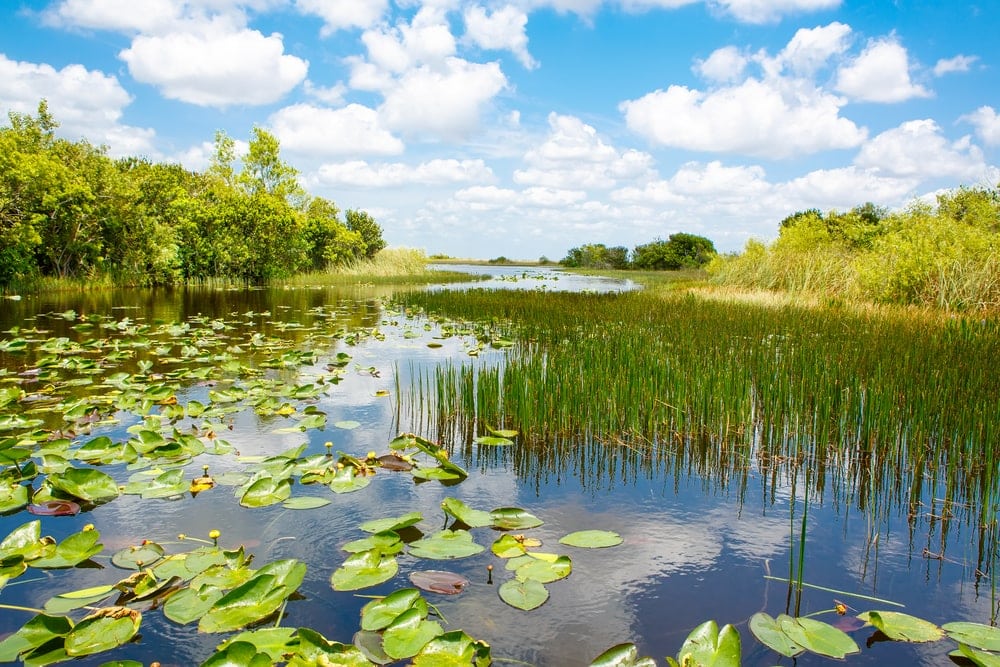
Flooded grasslands and savannas is one of the smallest biomes in the world by total land area. This biome is found only in small areas of North America, South America, Asia, and Africa. It includes famous locations such as the Everglades of Florida and the Pantanal in Brazil, Paraguay, and Bolivia.
As its name suggests, the flooded grasslands and savannas biome features wetlands that receive high levels of rainfall. Although this biome covers only a small portion of the Earth’s surface, it plays a critical role in supporting the migration of countless bird species.
For example, Florida’s Everglades are home to over 300 bird species while the Pantanal is home to over 700 bird species. Other notable animals found in this biome include alligators, caimans, marsh deer, bush dogs, tapir, capybaras, and giant anteaters.
1.11 Montane Grasslands and Shrublands
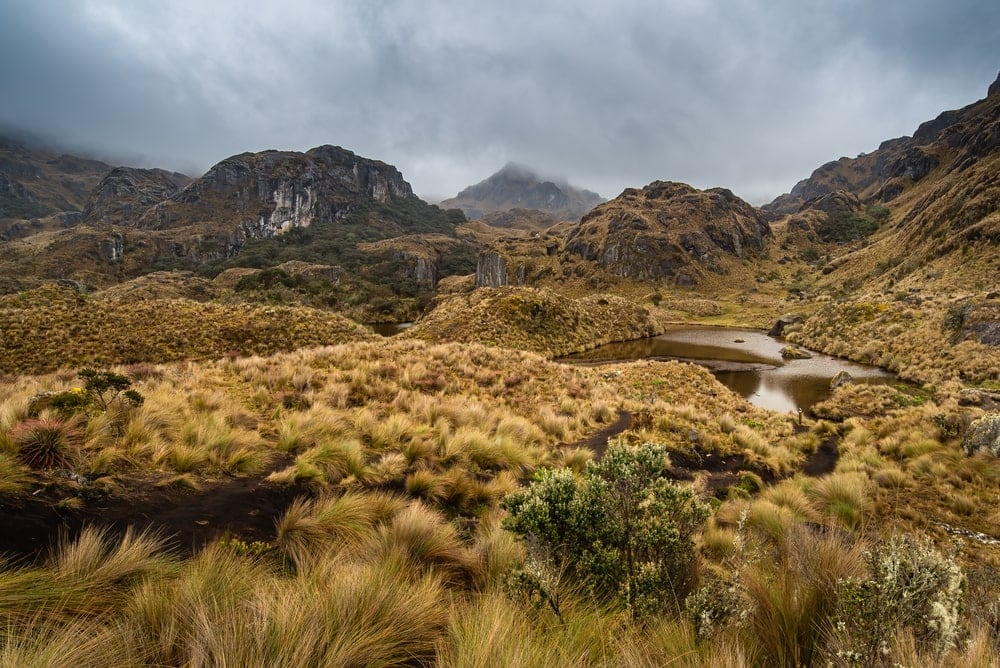
One of the few biomes that’s found only at high elevations, the montane grasslands and shrublands biome is a unique collection of flora and fauna that thrives in harsh climates. This biome is found in South America, central Asia, parts of Africa, and throughout New Zealand.
Arguably the most famous example of these montane grasslands and shrublands is that of the páramo in South America. The páramo is fairly wet and cold, though there are some slightly drier montane grasslands found in the Ethiopian Highlands.
Dominant plant species in this biome include grasses, shrubs, and acacias. You generally won’t find many trees in this biome, but you may find some stands of trees in nearby tropical savannas and grasslands. Wildlife species that are unique to this biome include the northern pudú (the world’s smallest deer) and the Ethiopian wolf.
1.12 Tundra
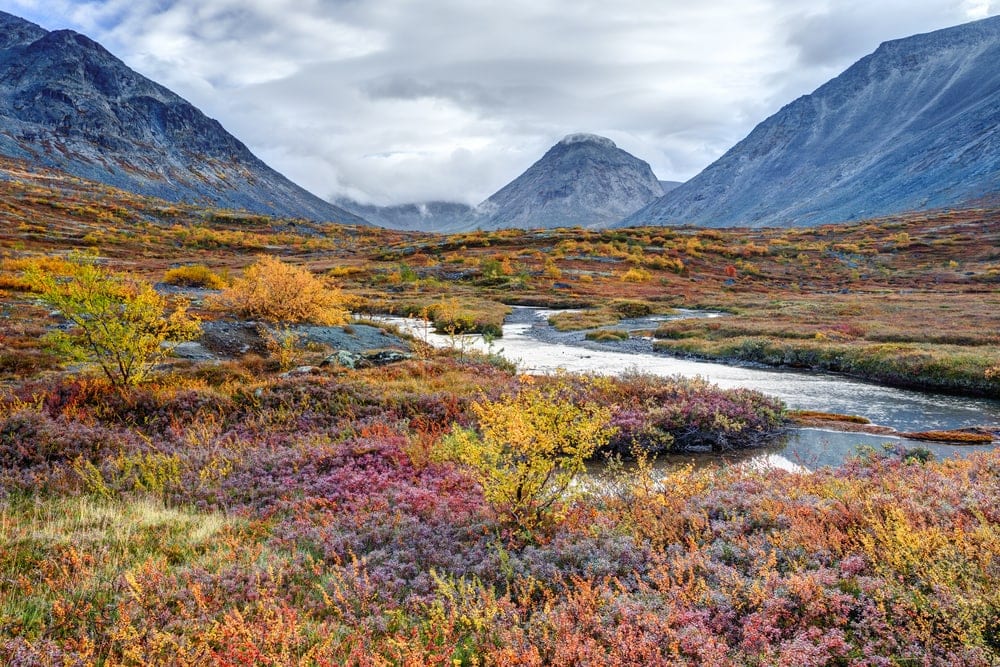
The tundra is an incredible biome found only in the most northerly and southerly latitudes on the planet. It’s defined as a treeless polar desert and you can experience it only in Scandinavia, Alaska, Russia, Greenland, Iceland, Canada, and the sub-Antarctic islands.
In the tundra, only the heartiest of plants and animals can survive. This biome features small heaths, sedges, and dwarf shrubs, though there are also areas of bare rock and minimal vegetation cover.
Many of the species found in the taiga can also be found in the tundra. However, the northern tundra is also home to muskoxen and polar bears. The southern tundra, on the other hand, is found primarily in South Georgia, the Kerguelen Islands, and the South Sandwich Islands. These islands are home to various penguin species, such as the royal penguin.
1.13 Mediterranean Forests, Woodlands, and Scrub
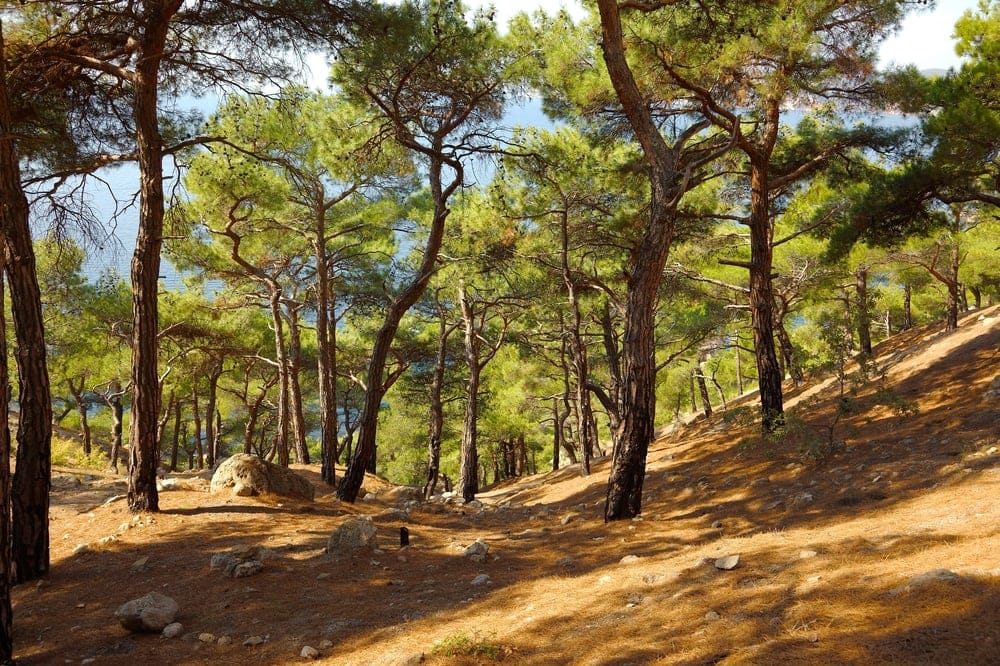
Although its name might suggest that it’s only found around the Mediterranean, the Mediterranean forests, woodlands, and scrub biome is located in various hot and dry locations around the world. For the most part, this biome is located in coastal places, like southern California and southern South Africa, that experience hot, dry summers and mild, rainy winters.
This biome is sometimes referred to as chaparral, particularly in California, and as matorral in South America. The vegetation in this biome can form mosaics where patches of differing vegetation are seamlessly intermixed with each other.
While some areas of this biome are mostly grasslands, you can often find stands of oak woodlands, particularly in riparian areas. Much of this biome also experiences regular forest fires, which are critical for maintaining the long-term health of its many ecosystems.
1.14 Mangroves
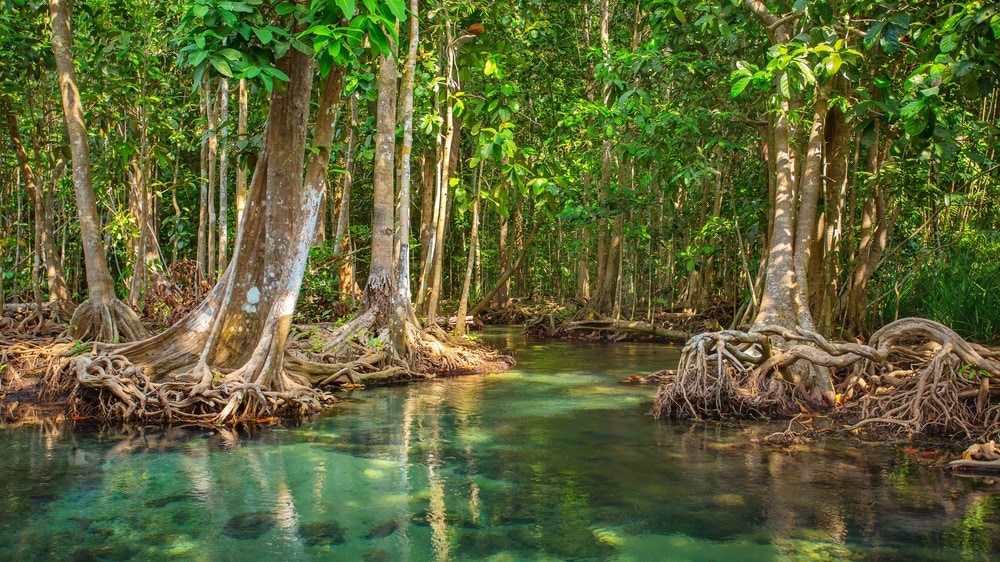
Found along tropical and subtropical coastlines, mangroves are a unique type of forest that thrives in waterlogged and salty soils. You can see mangroves in intertidal zones throughout the lower latitudes. The most famous examples are found in places like the Philippines and Vietnam.
Only a select number of tree species can thrive in the salty soils of the world’s mangroves. Researchers estimate that there are only about 60 tree species that live in mangroves, such as the red mangrove, mangrove palm, and black mangrove.
Unfortunately, mangroves are at high risk of destruction due to human development. Since mangroves exist in coastal areas, many have been damaged, destroyed, or removed entirely in order to build coastal properties and to develop port facilities around the world.
You may also like: Rain, Sleet, Snow and Other Precipitation Types + Photos, Infographic and Rainfall World Records)
2. Freshwater Biomes
In addition to terrestrial biomes, the WWF also classifies biomes as either freshwater or marine. There are 7 types of freshwater biomes, each of which can be found in various lakes, rivers, and streams around the world.
2.1 Large Rivers
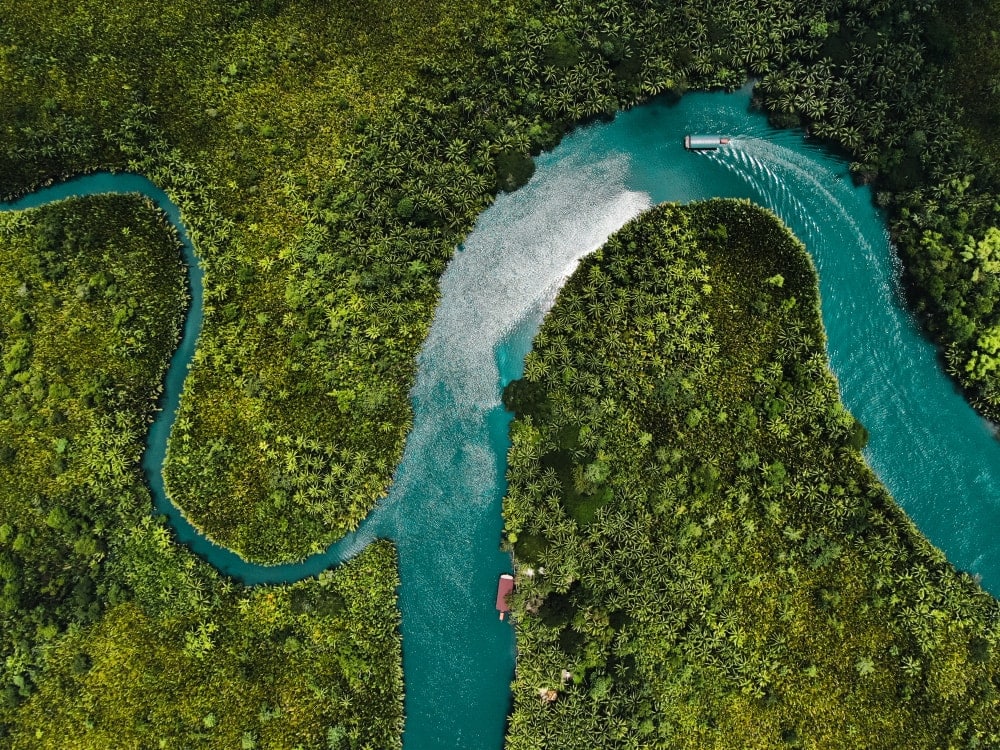
The large rivers biome is found in some of the world’s biggest rivers. This includes high-flow rivers such as the Colorado and the Mississippi in North America as well as the Yangtze in China and the Congo in sub-Saharan Africa.
There are too many fish species in these rivers to possibly name here. But many of these large rivers have endemic fish species, such as the slightly electrified elephantfishes of the Congo River.
2.2 Large River Headwaters
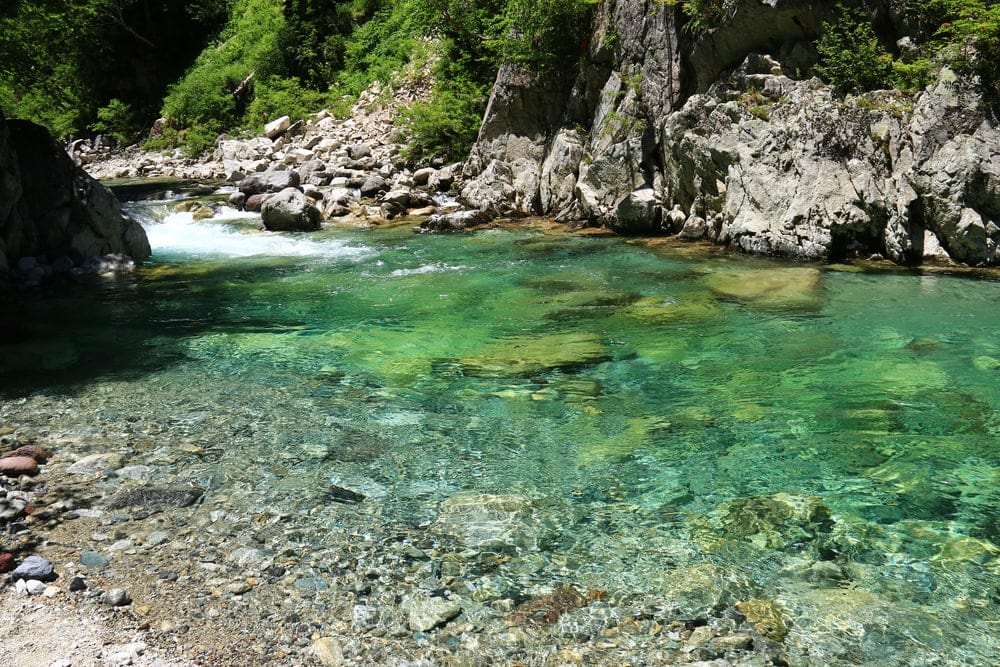
While the large rivers biome encompasses much of the world’s major rivers, the large river headwaters biome includes only their headwater areas. These headwater areas often support unique fish species that are adapted to life in the mountainous areas where major rivers originate.
This biome primarily includes the waters of the Upper Amazon, the Congo Basin Piedmont, and the Mississippi Piedmont, among other areas. The species that are adapted to life in these cold, fast-moving waters help create a freshwater environment that supports countless ecosystems downstream.
2.3 Large River Deltas
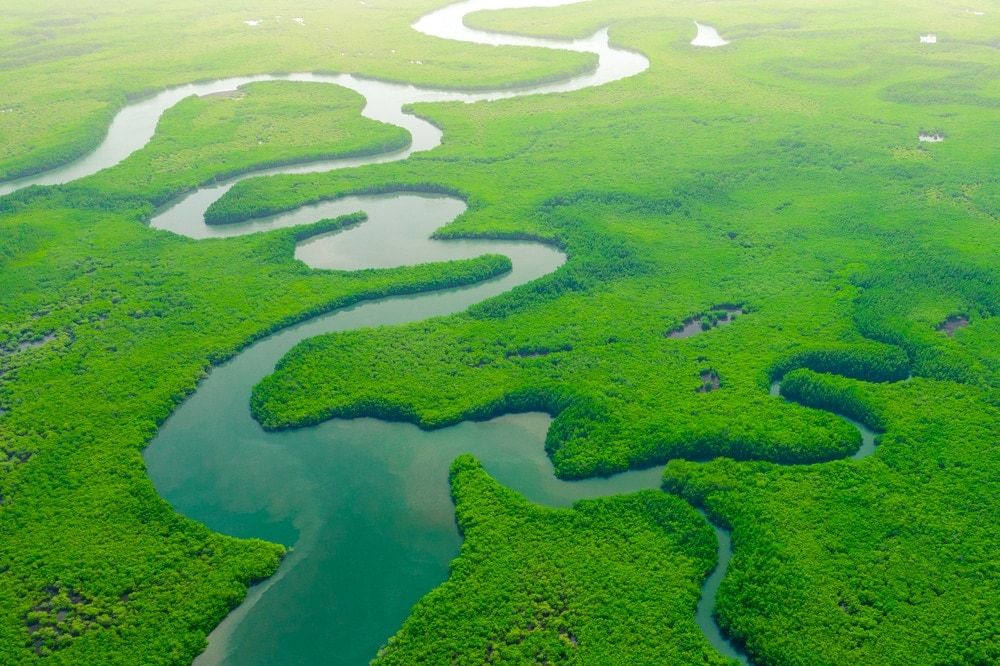
River deltas are the sediment-filled areas at the mouth of a river, right before it reaches the ocean, lake, or sea where it terminates. The large river delta biome primarily includes the deltas at the mouths of the world’s major rivers, such as the Nile, Amazon, Orinoco, Lena, and Volga rivers.
Most river deltas are incredibly biodiverse areas. This is particularly true when it comes to rivers that terminate in the ocean because the mix of salt and freshwater in these environments creates unique ecosystems where plants and animals can thrive.
One of the world’s largest river deltas is that of the Niger River. The Niger actually has two deltas (one inland and one coastal), both of which are hotspots for biodiversity.
2.4 Small Rivers
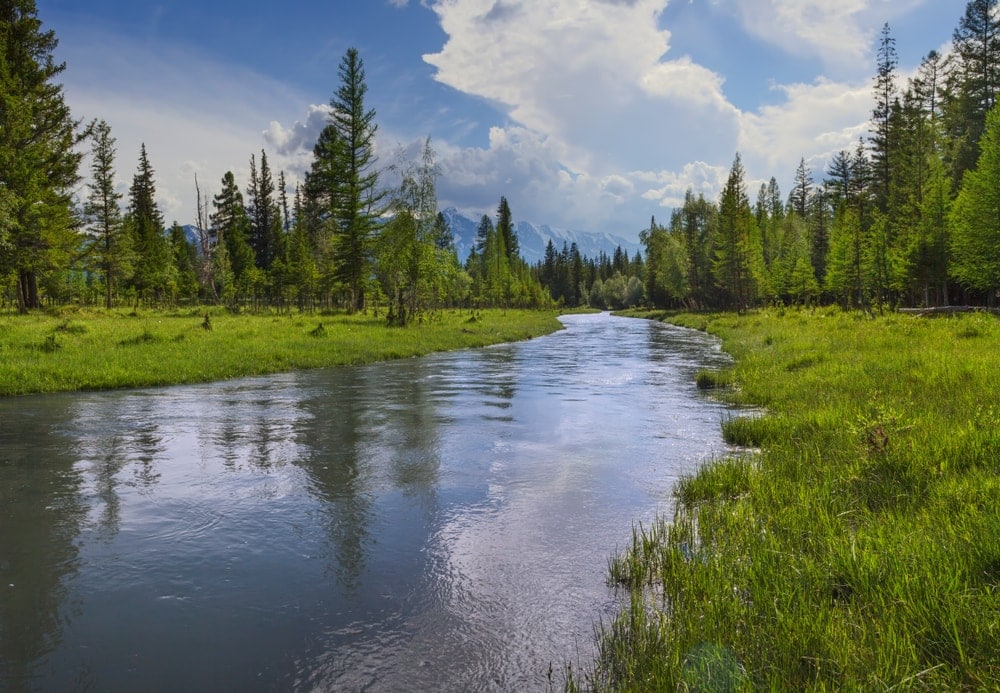
When we think of biodiverse freshwater ecosystems, we often picture huge rivers and lakes. However, the small rivers biome includes some of the richest freshwater ecosystems in the temperate and tropical latitudes.
This biome is found all over the world, including in places such as New Caledonia, Madagascar, and the Greater Antilles. It mostly consists of smaller streams, like those in southwestern Australia, that are hubs for biodiversity.
2.5 Large Lakes
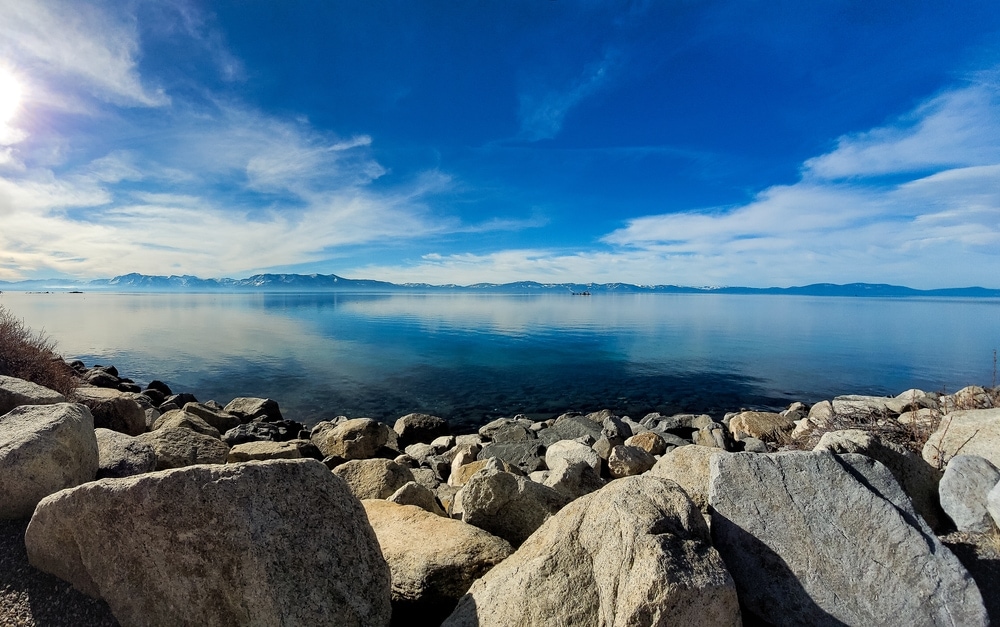
The world’s largest lakes, such as Lake Baikal and the Great Lakes, contain fascinating ecosystems. Large lake systems, like the Rift Valley Lakes in East Africa, also fall under this biome.
Each of these lakes contains different flora and fauna, but they all share similarly high levels of endemism. For example, approximately 80 percent of the animal species in Lake Baikal are endemic, including the amazing Baikal seal.
2.6 Small Lake Ecosystems

Small lakes may not seem like biodiversity hotspots, but they are home to amazing ecosystems. This is particularly true in tropical areas where the sheer number of fish species that can exist in a small lake is nothing short of astounding.
For example, Lake Kutubu in Papua New Guinea is about 12 miles (19 km) long and 2.8 mi (4.5 km) wide, but it contains 13 endemic fish species. Meanwhile, Lake Lanao in the Philippines is 21 miles (33 km) long and 12 mi (20 km) wide, but it’s home to approximately 18 endemic fish species.
2.7 Xeric Basins
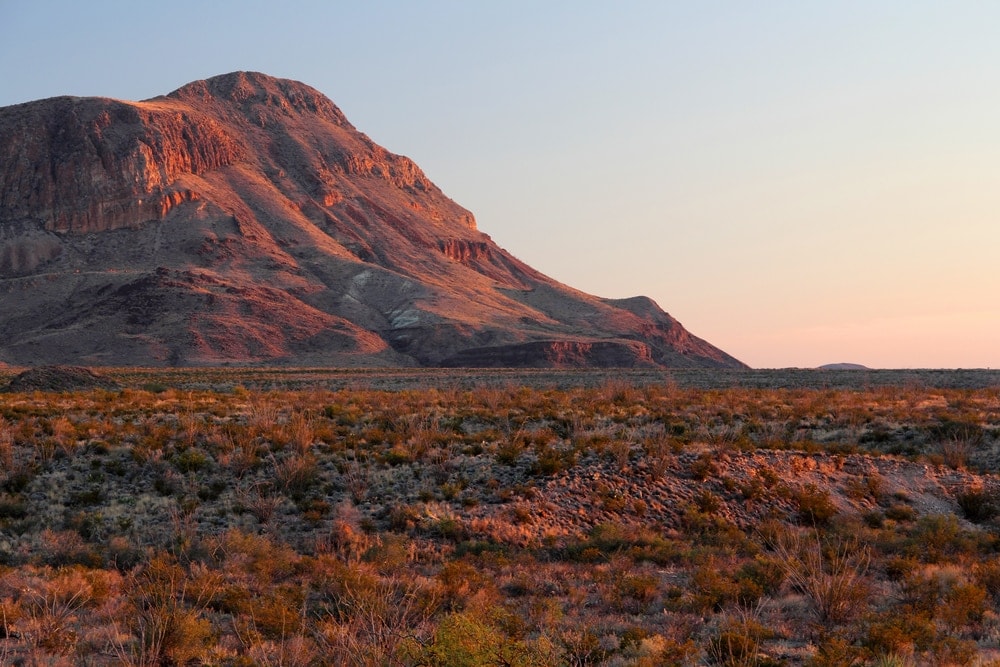
The final freshwater biome is the xeric basins. Interestingly, these are areas with relatively little permanent surface water. Rather, these xeric basins are home to a multitude of freshwater springs, which help life thrive in otherwise arid environments.
Major xeric basins are located in places like central Australia, the Chihuahuan Desert, and the Anatolian region of Turkey. For example, the Cuatro Ciénegas Basin in Mexico is home to 3 endemic turtle species, 8 endemic fish species, and multiple endemic species of snails, despite the fact that it’s located in the middle of the desert.
3. Marine Biomes
Last but not least, we have the marine biomes. These biomes are also water-based, but they include only bodies of saltwater. The Earth’s oceans are unbelievably biodiverse, and each of these 5 marine biomes contains a superb array of flora and fauna.
3.1 Polar
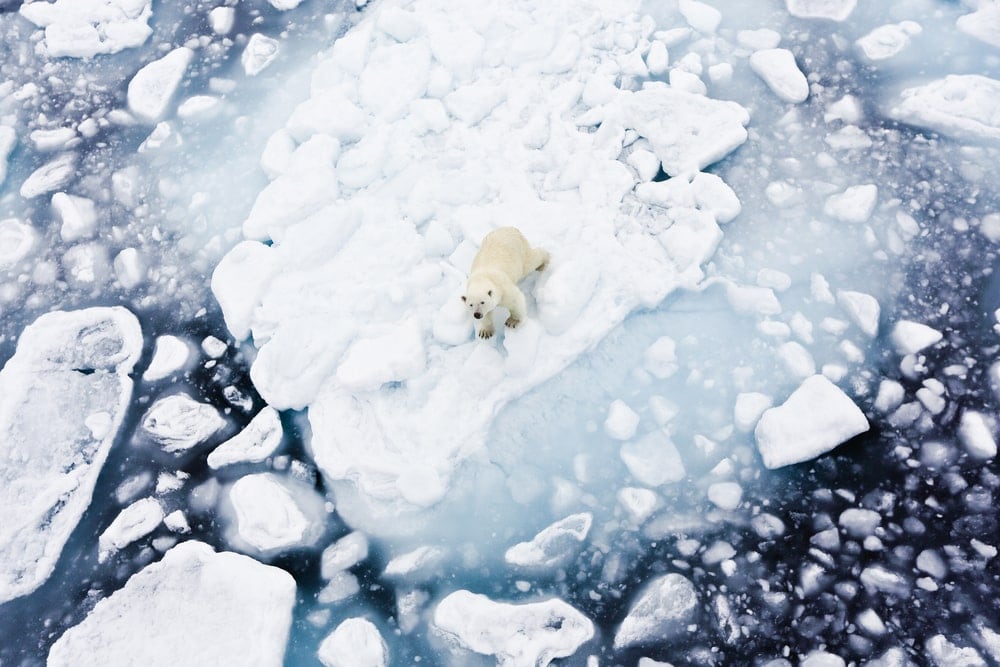
When you picture polar oceans, you might imagine cold, dark waters where little life can thrive. However, the polar oceans are some of the most biodiverse areas in the world due to their low temperatures and low salinity levels, which can support a truly amazing amount of plankton.
As a result, the polar oceans, which include the Arctic Ocean, Southern Ocean, and their surrounding seas, are home to thousands of species that rely on plankton—either directly or indirectly—for survival.
This includes baleen whales like the humpback, blue whale, and bowhead whale, as well as penguins, orcas, and dozens of types of seals. The polar oceans are also home to incredible bird species, such as various albatrosses, petrels, terns, and fulmars.
3.2 Temperate Shelf and Seas

Located in the waters and along the coastlines of the temperate regions, the temperate shelf and seas biome is one of the most bioproductive areas on the planet. This includes the Mediterranean, temperate North Atlantic, and temperate North Pacific oceans.
Much of this biome is relatively shallow as most continental shelves are no more than 490 feet (150 m) deep. Here, you can also find some of the world’s most important temperate estuaries, such as the Chesapeake Bay, which serve as vital habitats for migratory birds and marine life.
3.3 Temperate Upwelling
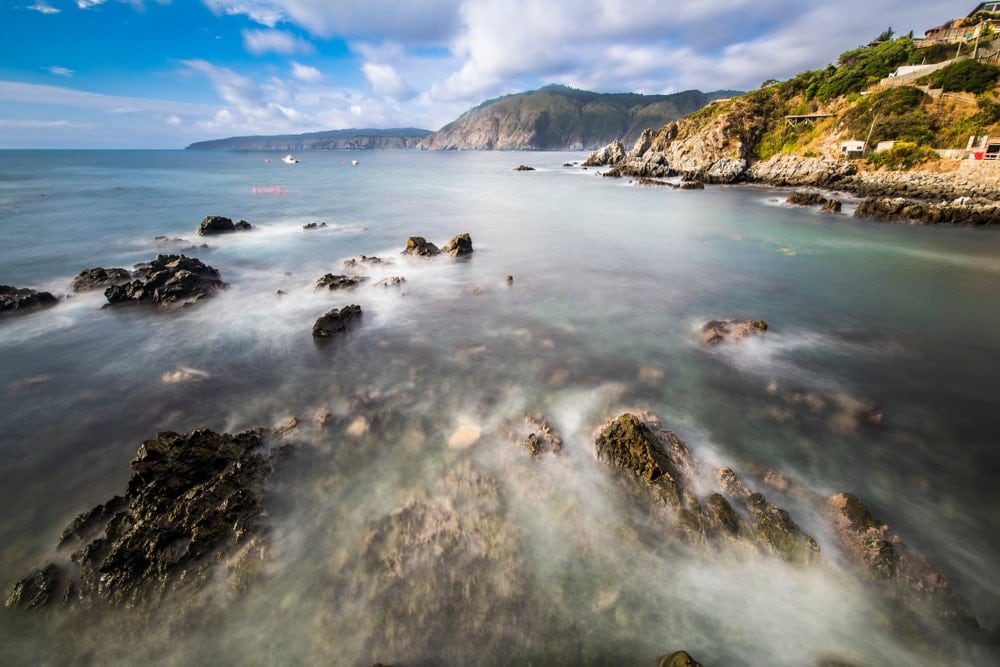
The temperate upwelling biome primarily refers to areas along the coast of western North and South America where upwelling waters allow for an abundance of fish species.
In these areas, which include coastal Peru, Ecuador, Chile, Mexico, and California, the upwelling of cold, nutrient-rich waters supports enormous populations of fish and seabirds. These areas are home to some of our most important commercial fisheries, too, particularly in areas affected by the Humboldt and California currents.
3.4 Tropical Upwelling
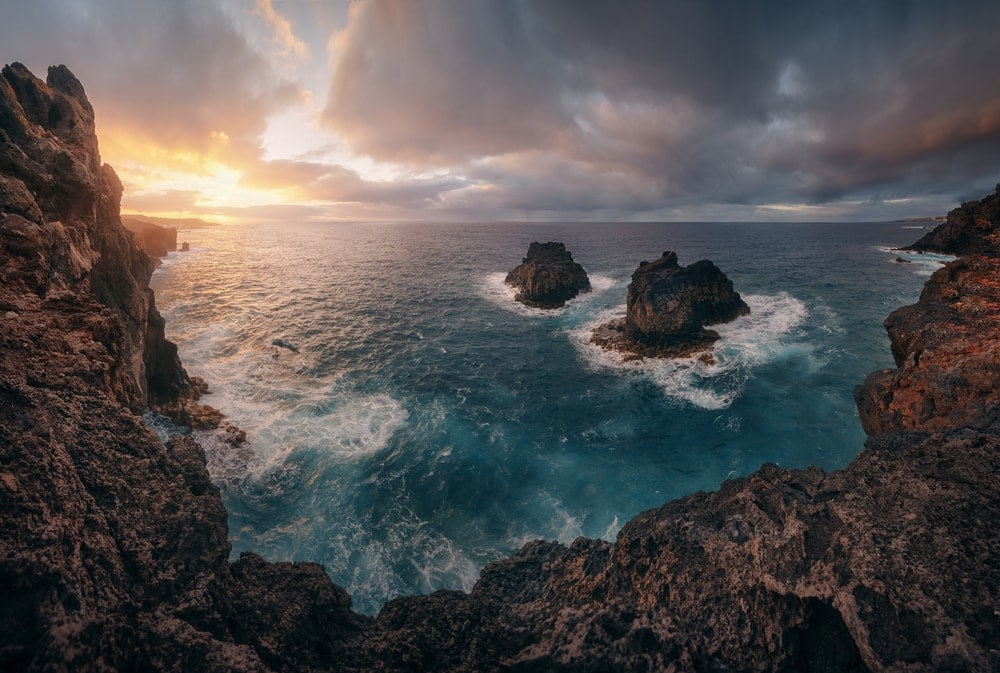
The tropical upwelling biome is yet another highly bioproductive area that’s driven by the upwelling of cold, nutrient-rich waters in coastal environments. This biome is somewhat easy to identify in maps of sea surface temperatures because it exists in pockets of uncharacteristically cold waters in tropical seas.
For example, the waters of the Canary Current near the Canary Islands are often colder than they would otherwise be. However, this cold, nutrient-rich water is essential for supporting countless fish, bird, and sea turtle species.
3.5 Tropical Coral
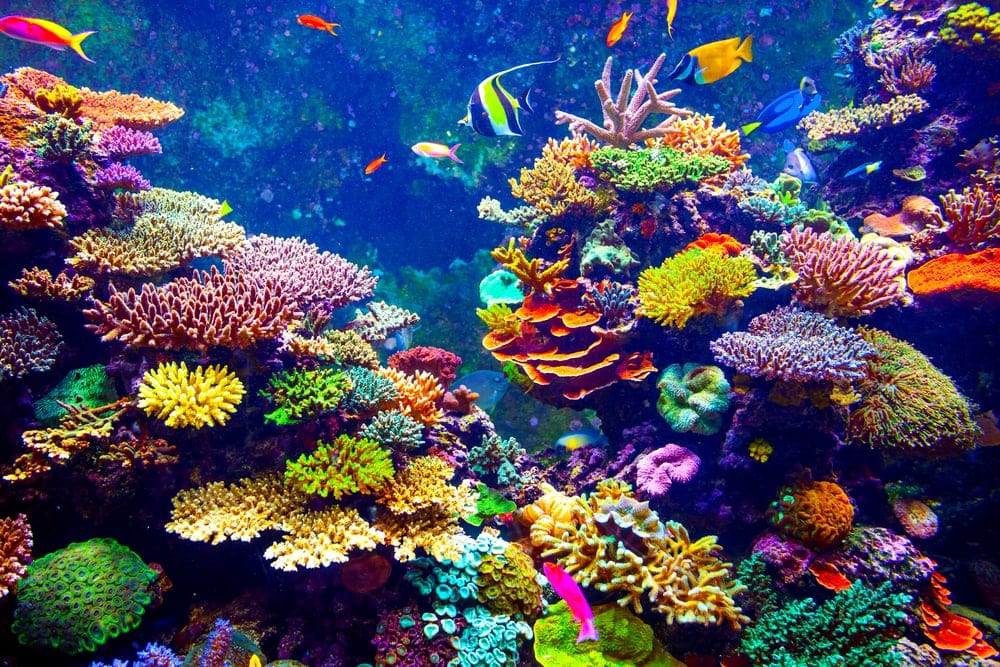
Finally, we have the tropical coral biome. This aptly named biome includes all of the world’s coral reefs, including Australia’s Great Barrier Reef.
Of all of the marine biomes, the tropical coral biome is arguably the most biodiverse. There are thousands of types of coral on our planet, most of which are found in the tropical coral biome. Additionally, these coral reefs support hundreds of fish species, including many that can’t be found anywhere else on Earth.
You may also like: Lakes, Rivers, Deltas and Other Bodies of Water Images (Types, Fun Facts and FAQs)
How Are Biomes Classified?
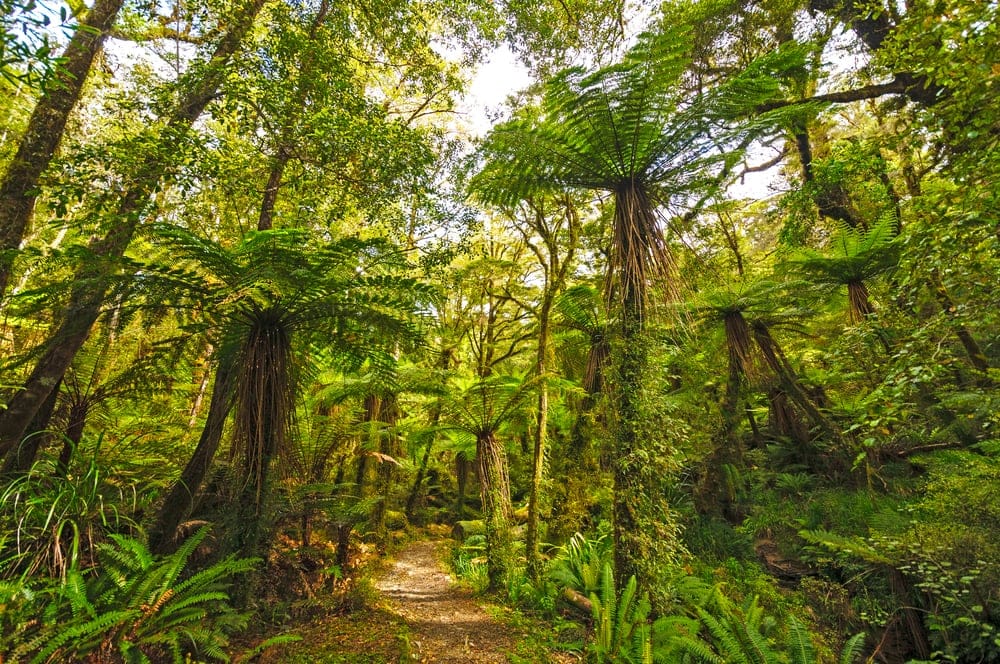
In this article, we focus on the 26 types of biomes as defined by the World Wide Fund for Nature (WWF). However, this is just one way of classifying the Earth’s biomes.
Dozens of other biome classification systems exist. While we can’t possibly mention them all here, we can point out some of the major systems that you ought to know about.
For example, NASA (National Aeronautics and Space Administration) uses the following classification system for biomes:
- Rainforests
- Grasslands
- Coniferous Forests
- Temperate Deciduous Forests
- Deserts
- Tundras
- Shrublands
Additionally, National Geographic uses this system:
- Aquatic
- Grasslands
- Forests
- Deserts
- Tundras
These two systems are fairly basic, but each organization’s broad biome categories can be subdivided into more specific biomes. For example, National Geographic’s aquatic biome can be subdivided into freshwater and marine and then further subdivided from there.
Ultimately, there’s no consensus on how we should classify biomes. The definition of each type of biome is also constantly evolving as we learn more about the world around us.










